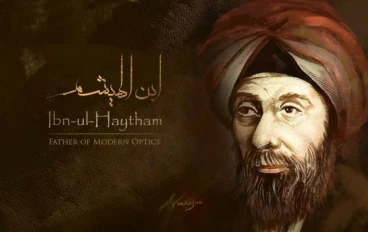
Ancient weapons in wars
**The Fury of the Ancients: Unleashing the Power of Ancient Weapons in Wars**
Throughout history, wars have been fought with a wide range of weapons, each designed to inflict maximum damage and destruction upon the enemy. From the earliest civilizations to the dawn of modern warfare, ancient weapons played a crucial role in shaping the outcome of battles and empires. In this comprehensive article, we'll delve into the fascinating world of ancient weapons, exploring their development, evolution, and impact on the course of human conflict.
**The Dawn of Warfare: Early Ancient Weapons (3000 BCE - 500 BCE)**
The earliest recorded wars date back to ancient Mesopotamia, where city-states like Sumer, Babylon, and Assyria clashed over resources and territory. During this period, weapons were primarily made of copper, bronze, and stone.
1. **Sling**: A simple yet effective weapon, the sling consisted of a leather pouch attached to a length of cord. Skilled slingers could launch stones or lead bullets with deadly accuracy.
2. **Mace**: A heavy club-like weapon, often adorned with spikes or stones, used to bludgeon enemies.
3. **Javelin**: A lightweight throwing spear, typically made of wood or reeds, used for hunting and warfare.
4. **Bow and Arrow**: The earliest evidence of archery dates back to ancient Sumeria. Bows were made of wood, horn, or sinew, while arrows were tipped with stone or copper points.
**The Age of Empires: Ancient Weapons of the Classical World (500 BCE - 500 CE)**
As civilizations like Greece, Rome, and Persia rose to power, so did the sophistication of their weapons.
1. **Phalanx Spear**: The iconic Greek phalanx formation relied on long, heavy spears (doru) to repel enemy cavalry and infantry.
2. **Gladius**: The Roman short sword, designed for close combat, was a staple of the Roman legionary.
3. **Catapult**: The ancient Greeks and Romans developed various types of catapults, including the ballista and onager, to besiege enemy fortifications.
4. **Scythed Chariot**: The ancient Persians and Greeks employed chariots equipped with scythes or blades to devastating effect on the battlefield.
**The Eastern Edge: Ancient Weapons of Asia (500 BCE - 1500 CE)**
In the East, ancient China, Japan, and India developed unique weapons that reflected their distinct cultural and martial traditions.
1. **Crossbow**: Invented in ancient China, the crossbow was a powerful ranged weapon that saw widespread use in Asian warfare.
2. **Katana**: The legendary Japanese sword, forged from high-carbon steel, became an iconic symbol of samurai honor and prowess.
3. **War Elephant**: In ancient India and Southeast Asia, war elephants were used as mobile fortresses, equipped with armor and tusk-mounted blades.
4. **Naginata**: A Japanese pole arm, featuring a curved blade on a long handle, used by samurai and ashigaru infantry.
**The Medieval Maelstrom: Ancient Weapons of the Middle Ages (500 - 1500 CE)**
During the Middle Ages, European warfare was characterized by the rise of heavy cavalry, fortifications, and siege engines.
1. **Longbow**: The English longbow, made from yew wood, revolutionized archery and played a crucial role in the Hundred Years' War.
2. **Mace and Chain**: A brutal weapon consisting of a spiked ball attached to a chain, used to bludgeon and dismount enemy knights.
3. **Trebuchet**: A massive siege engine, powered by counterweights or torsion, used to breach castle walls and fortifications.
4. **Arbalest**: A heavy crossbow, often mounted on a tripod or wall, used to defend fortifications and attack enemy formations.
**The Legacy of Ancient Weapons**
The development and evolution of ancient weapons not only shaped the course of human conflict but also influenced the trajectory of civilization itself. The innovations and advancements made in ancient warfare paved the way for modern military technology, from firearms to drones.

































